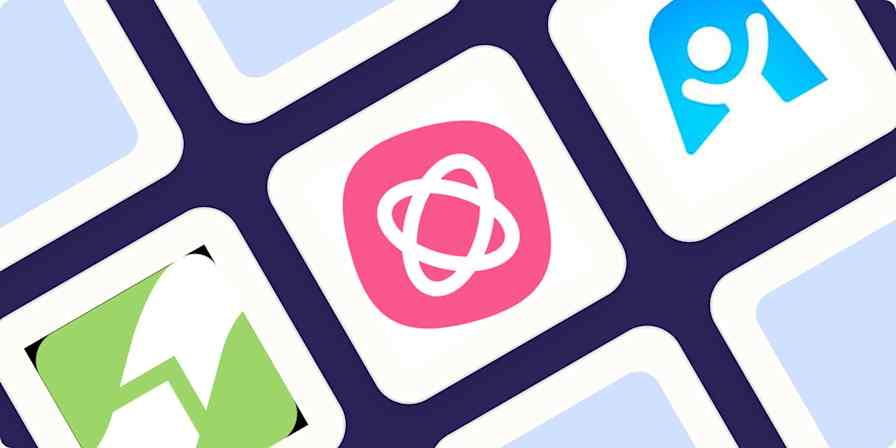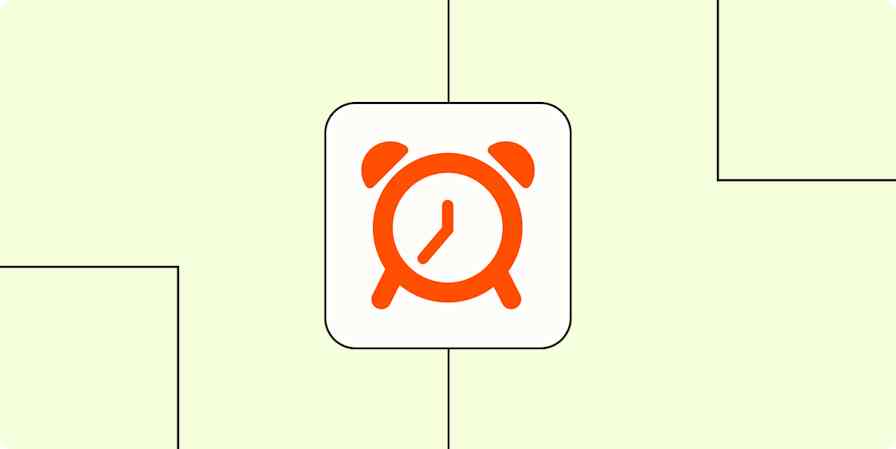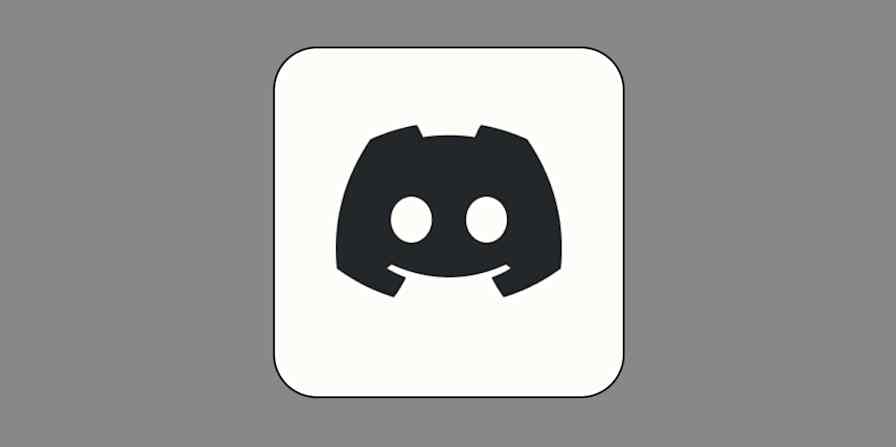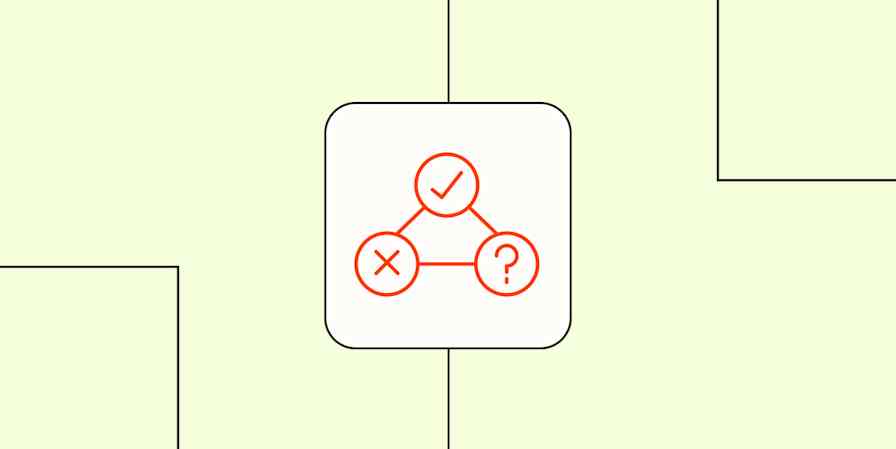You’ve probably seen enough "fail" videos to guess what happens when a skateboarder rolls towards stairs, a bike gets anywhere near a tree, or a dog runs full speed at a sliding glass door. Fail videos put Newton’s law of motion on display, the second half of which says "an object in motion continues in motion with the same speed and in the same direction unless acted upon by an unbalanced force."
Basically, you’re going to keep on moving until something stops you.
When it comes to productivity, lots of little things that can be your stairs, tree, or sliding glass door. You’ll sit down to accomplish something, you start making good progress, and then suddenly some "unbalanced force" sends you in another direction or halts your work entirely.
Even the tiniest distractions can be big productivity killers. Fortunately, there are ways to guard against them. Here are nine things that hurt productivity most, along with ways to overcome them:
The 9 Worst Productivity Killers:
1. Notifications
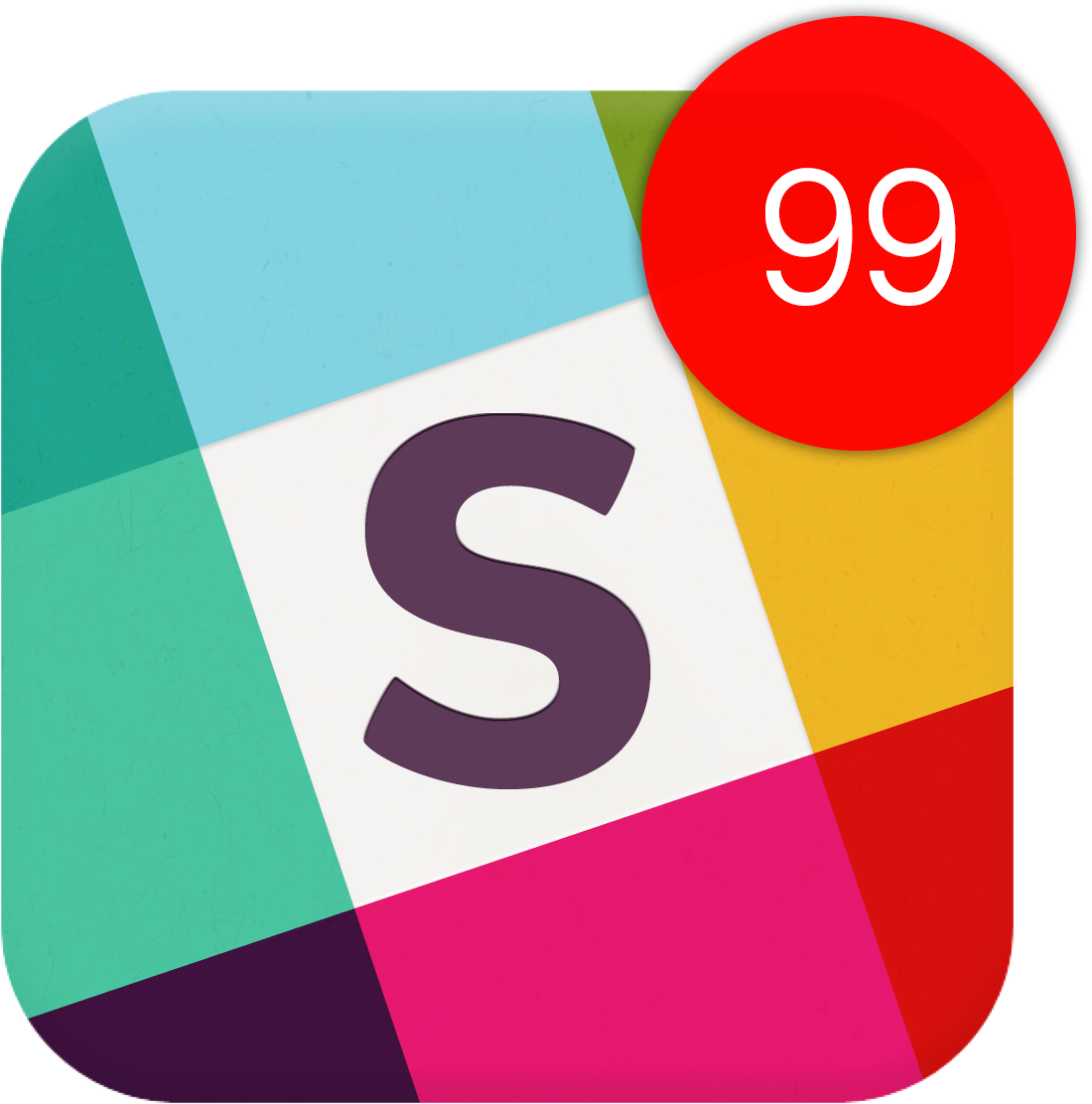
Just hearing your phone buzz can hurt your productivity, according to researchers at Florida State University. Those seemingly tiny interruptions can cause "task-irrelevant thoughts, or mind wandering."
The researchers found that notifications derailed focus even when participants didn't interact with them directly. Even if you have the self-control to leave your phone in your pocket, having to remember to perform that action later (respond to a text or call, for example) adds mental weight.
Sure, you can silence texts and calls with "Do Not Disturb" settings, but there’s a smarter way to deal with notifications. Instead of muffling everything, use Zapier to reroute mobile app notifications to one place so you can collect everything you missed while you were working and address it when you’re ready.
Send project notifications, emails, Slack mentions or any other frequent notifications to one place, like Evernote, a Google Sheet or a to-do app. When you’re done, you have each important notification in one list, and you're free of the disruptive dings.
Capture activity on Trello cards in new Google Docs text files
2. Too Much Clutter
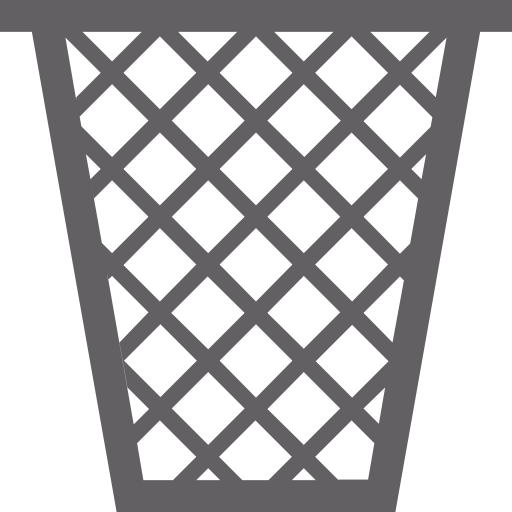
Clutter—physical or digital—competes for your attention, or "neural representation," distracting you and making it harder to focus on the task at hand.
But everyone's tolerance for clutter is different. One person's spotless workspace might look drab and devoid of any inspiration to someone else. Make your space work for you. Each item in your sightline should be there for a reason, and be mindful of anything that's overly distracting.
You might spend a few minutes a week clearing off your physical workspace, but online, you can automate the cleanup so you don’t end up with messes in the first place. Use Zapier to automatically sort and label emails, log expenses, save articles you want to read later, and organize files automatically.
Copy new Dropbox files in a directory to another Dropbox directory or account
3. Poor Air Quality
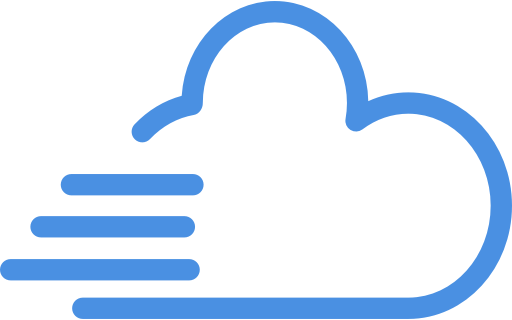
This one's subtle, but the air quality in your workspace can have a big influence on your focus. Harvard researchers looked at the impact of ventilation, chemicals, and carbon dioxide on workers’ cognitive function and found that performance can suffer if air quality is bad.
Other studies revealed a correlation between the perception of decreased air quality and productivity for more complex cognitive tasks. Even thinking the air quality is poor can possibly leading to headaches or reduced concentration.
Breathe easy, though: there are some simple things you can do to immediately to improve your air quality:
Crack a window while you’re working if you can, as long as allergies aren’t an issue. If they are, run your AC and make sure you have clean air filters.
Air purifiers are another option. If you have a green thumb, add some plants to your space. They can act as natural air purifiers. (Bonus: research shows office plants are also good for productivity and morale).
If you’re working in a public space like a coffee shop, steer clear of cigarette smoke.
Avoid burning candles or incense, which can pollute indoor air, doing more harm than good.
Staying fit should help, too. Here's some great apps to track your fitness and help you get more exercise.
4. Too Much Caffeine

It's easy to use caffeine as a Band-Aid for your productivity problems. But beware of what can happen if you keep topping off your mug. Consuming too much caffeine can have negative side effects like restricted blood flow to the brain, dehydration, headaches, upset stomach and increased adrenaline, which can cause jitters.
Now you might be second-guessing that latte. But like most things, caffeine is fine in moderation. Try to limit your intake to less than 400mg per day, which is about four cups of brewed coffee, 10 cans of soda or two "energy shot" drinks.
Also, avoid the urge to chug coffee right after you roll out of bed. Under normal circumstances (getting enough sleep, waking up around 7 a.m.) your body is producing cortisol—a natural energy kick—at 8 or 9 a.m. Peak coffee time is when cortisol levels dip (under normal circumstances, around 9:30 - 11 a.m.). Drinking coffee when cortisol production peaks can build up your tolerance for caffeine, making it less effective in the future.
5. Interruptions From People
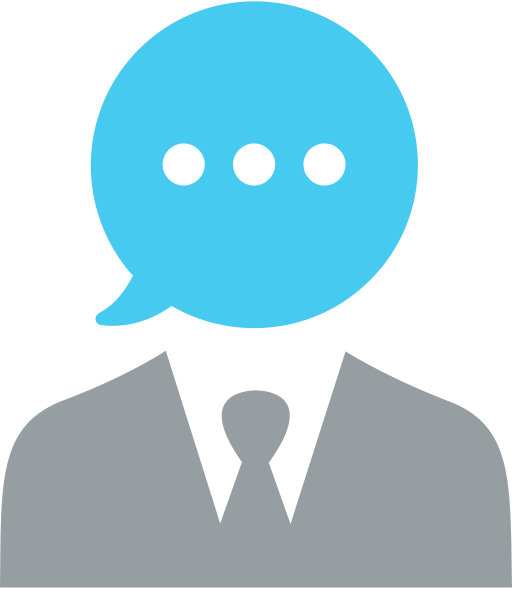
Interruptions at the wrong time can completely derail you. Maybe your boss stops by to talk when you just hit your groove, or your co-worker pings you on Slack with a "quick question". Just seeing that unread-message indicator can ruin your focus—even if you turned off the noisy notifications.
To prevent interruptions, try these tactics:
Protect your time: Let your coworkers know that you'd prefer not to be interrupted during certain stretches of time. Your could agree to no meetings on Fridays, block off Monday mornings, or plan two-hour periods of uninterrupted focus time. Let people know that your replies will be slightly delayed, and unplug.
Put information in a central place: A lot of interruptions happen because people can’t get to the information they need... because it's in your brain. Avoid unnecessary interruptions by creating knowledge spaces accessible by everyone who needs them. That might mean team collaboration software or something as simple as making your calendar available to your spouse.
Set the right expectations: Whether it’s a basic rule for when to use
@channelin Slack, or guidelines for cc'ing the entire team on an email, make sure you set up boundaries and hold yourself to them.Work asynchronously: You don't need to be plugged-in all the time. Feel free to let your inbox and voicemail fill up; you can answer questions later. Most questions aren't really urgent enough to need answered right this minute.
As a remote team, Zapier works asynchronously—we stay in touch, without needing to bug someone while they're busy. Here's how.
6. Not Asking for Help

Sometimes the fear of asking stupid questions can lead to silence, which leads to information gaps, which leads to stagnation.
If you’re too worried about sounding stupid, you could waste a few hours by not asking for help when you really need it.
Be sure to do your research first and make sure it’s not a problem you can quickly solve on your own (lest you be a victim of a Let Me Google That For You link).
Career consultant Jennifer Winter uses a three-strikes rule: "If I can’t figure something out after I’ve exhausted at least three other solutions on my own, it’s time to admit I need a little inspiration," she writes.
Reinventing the wheel—especially when someone across the office has a fully functional one—is just procrastination disguised as work. If you truly can’t move forward without more information, ask for it.
The right task management strategy can improve collaboration on tasks and make asking for help easy and unintrusive. For example, the Getting Things Done® (GTD®) method encourages you to add tasks as soon as you think of them and add context so it’s clear who it’s for and what the priority is. You can get what you need to move forward when you need it without disrupting productivity for your team members.
Getting Things Done® and GTD® are registered trademarks of the David Allen Company.
7. Trying to be Perfect
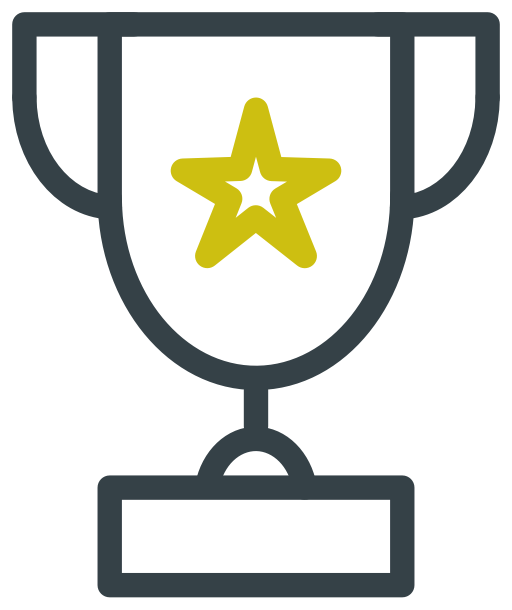
Perfection can be one of the biggest obstacles to productivity. Charlie Harary, CEO of H3 & Co, wrote about how much striving for perfection can get in the way:
"On my first day at my first real job as a newly minted lawyer at a prestigious law firm, I walked into orientation and saw an unnerving message up on the board: ‘Proofread until your eyes bleed.’ We were instructed that as lawyers, our work represents the firm. If we sent out a document or an email with any mistakes, we embarrassed the firm and jeopardized the trust of clients."
The fear of imperfections meant Harary was re-reading emails at least a dozen times before sending them, afraid that a typo would end his career.
Instead of trying to get something perfect, focus on "good enough." Better yet, choose tools that catch errors (like these editorial tools) so you don’t have to spend your time in the weeds.
If you find yourself drowning in details, step away and return with fresh eyes. Come back with the goal of finishing, getting good feedback and iterating as you go.
8. Thinking You’re a Robot
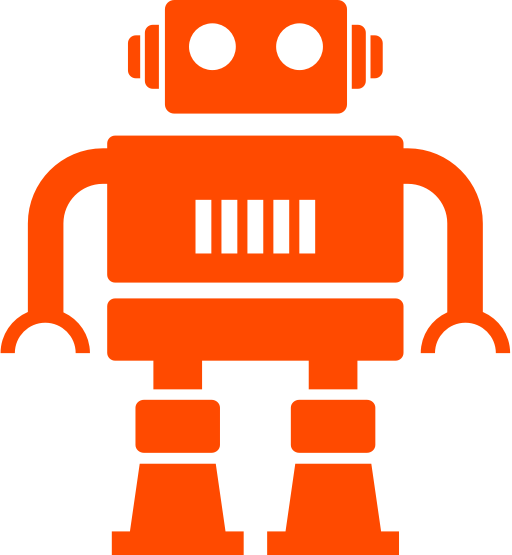
No matter how much you want to be, you aren’t a robot. You’re a human, and humans have "off" days.
Taking breaks is key. The right kind of break can dramatically improve your ability focus, according to researchers from the University of Illinois at Urbana-Champaign. The Pomodoro Technique is one way to avoid burnout, by giving you frequent breaks to keep you from running out of steam.
You can also use Zapier to automate repetitive tasks so you get to focus on more exciting problems. Pay attention to which tasks you do over and over again, like tweeting every time you post to your blog or adding new clients to your invoicing app. Those can be automated by putting virtual robots to work you, freeing you up to dive into the human side of things.
For your tasks that occur every week, month, or year, Zapier's Schedule tool can handle them automatically.
9. Repeating the Same Mistakes
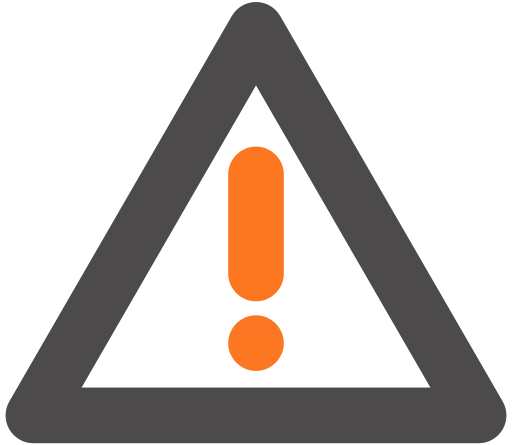
Plato said, "There is no harm in repeating a good thing." To improve your productivity, learn what works and replicate it. Track and measure your productivity to better understand what works (and doesn’t work) for you.
Time-tracking apps and to-do apps can help you gather data about your productivity, spot patterns and figure out what makes you more productive or less productive.
Apps like Toggl and RescueTime can keep tabs on how much time you spend on certain tasks and activities, then provide you with actionable analytics. RescueTime can even block websites that are personal distractors, removing the temptation altogether.
To-do app Todoist uses karma to help you visualize your personal productivity, and iDoneThis allows teams to see digests of what’s already been accomplished. These reports help you see what you're doing well—and where you may have gone wrong throughout the week.
Be honest with yourself: What went right, and what went wrong? Once you understand your tendencies, you can improve on them. It might even be worth taking the time to do a postmortem on your own work.
Keep track of your performance with these personal report apps that'll track your productivity, exercise, mood and more.
There's a limitless pool of little distractions that can drive your focus off-course. But once you identify those diversions, you can work around them, control them and even avoid them completely. With mindfulness, automation and small improvements to your environment, you can avoid those pesky "unbalanced forces" and turn productivity fails into productivity wins.
Need to help your team get more done? Check out our Project Management 101 for a deep-dive into the most popular project management systems—and how to use them to stay productive.
Phone photo by Gilles Lambert via Unsplash

